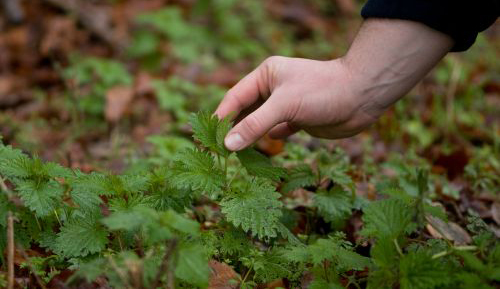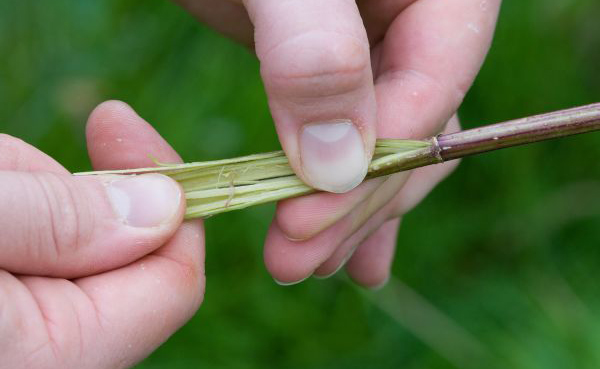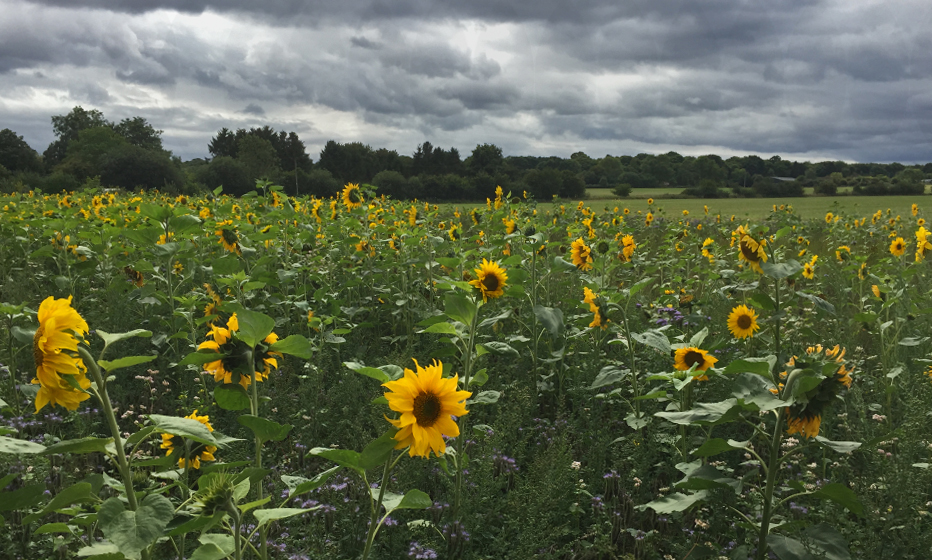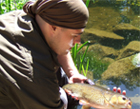
Ethnobotany: What It Is and How It Has Affected Human Evolution
When breaking down the terminology of ethnobotany, it becomes instantly easier to understand. Ethno refers to people, collectives and people and botany is the study of plants. So, when we discuss ethnobotanical knowledge we are referring to our human observations, relationships and needs for both wild and domesticated plant species.

Ethnobotany touches our lives on a daily basis, even though we might not realise it. In the modern world it can be easy to feel distanced from plant species, especially those of the wild variety. However, plants are in our diets, in our medications, in our beauty products and even our cleaning products. The impact of modern human society upon traditional culture and natural habitats has caused huge losses and disruptions in our plant species. Nevertheless, you are never too far away from ethnobotany at any one time.
Throughout human evolution you can trace the progress of plant use by humans. Even animal species use plant species for purposes more diverse than simply food. Using plants for medicinal and day to day uses go as far back as stone tool use and are naturally occurring part of life. As homo erectus expanded their range beyond tropical and subtropical environments into more temperate climatic zones, new plants and were discovered and utilised for survival. Flash forward approx. two million years or so and our knowledge of global plant species is extensive, but not all encompassing.
Ancient cultures throughout the world utilised plant species that existed within their natural habitats. As the Western world developed, the strong connection to plants was somewhat distanced. However, ethnobotany was popularly observed through 19th century explorations of aboriginal cultures. Ancient societies across the globe were reported to use these naturally occurring commodities as currency, clothing, ritual and construction as well as medicine, food and dye. Plant species were not only used to survive, but were also used as a way to enact culture.

No matter where you focus upon the history of ethnobotany, every climate zone, continent and even country will have a different story to tell. Awareness of edible and medicinal plants has occurred for many years of struggling against hunger and illness. Every existing culture has a history of plant species and their uses. From tree barks, seeds, fruit bodies and more, humans have always sought to solve problems and nature has continuously provided us with the tools to do so. Here are some examples of notorious plant uses throughout human culture.
Modern ethnobotany has successfully collated these plant based ingredients to compile an extensive list of plant data. Today, the focus is more towards methodological and conceptual reorientation. Much ancient information about traditional plant uses are still intact with tribal peoples. Although, there is still some cultural knowledge that Native healers are especially reluctant to share.

From plants that heal skin ailments, to fruit that is used a sedative, there are millions of plants species and each with their own unique attributes. There is certainly too many to mention! What we do know for sure is that ethnobotany has defined us as an intelligent species. Our relentless curiosity and aptitude for observation means that we can successfully use the natural lifeforms all around us to feed ourselves, heal ourselves and much, much more.
There are many ways to be more aware of ethnobotany in the modern world. Growing your own plants and making the best use of them in cooking and healing is a fantastic way to understand ethnobotany. However, for more real first-hand experience of using plants the way our ancestors did is to take up bushcraft. Learning how to survive in the great outdoors is the best way we can reach out through time to understand how we once lived. Our natural habitat is not the cities and villages where we reside, but out in the wild. Getting back in touch with nature means truly learning and experiencing the benefits that plants provide us with, even if it is just those grown in our own back gardens.


COMMENTS
LEAVE YOUR OWN COMMENT